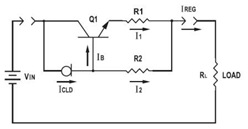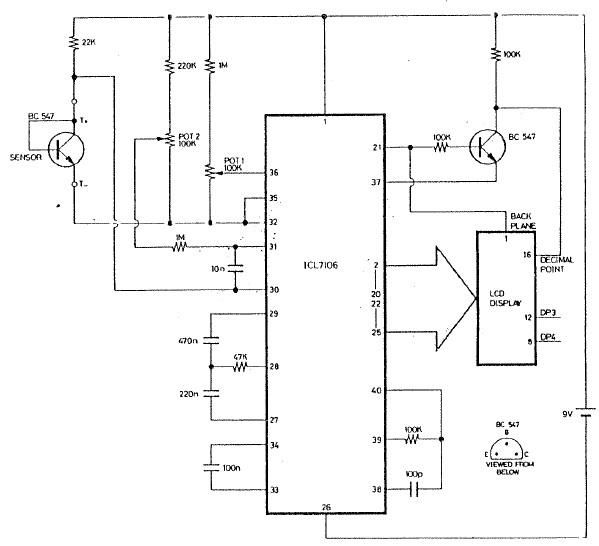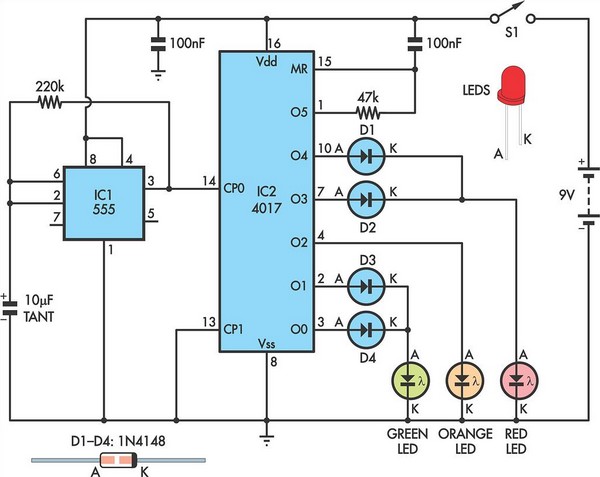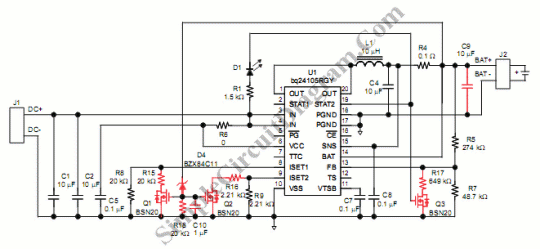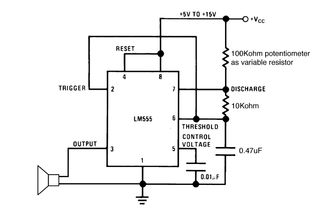
The embedded microcontroller MC68HC912B32 background debugs the mode to design
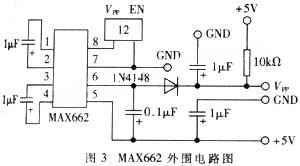
The widespread application of Flash technology in microprocessors has led to significant advancements in the development and utilization of one-chip computers. Designers have transitioned from traditional in-circuit emulators (ICE) and JTAG interfaces to more cost-effective and user-friendly development methods. While traditional emulators can be limited by high costs and complex operations, modern microprocessors, such as the CPU12, CPU16, CPU32, PowerPC, and ColdFire, now incorporate built-in microcode for debugging. These processors support Background Debug Mode (BDM), allowing for efficient debugging without the need for external simulators. BDM standardizes debugging practices and is increasingly favored for embedded development. The MC68HC912B32, referred to as B32, is a compact, low-power embedded MCU based on the CPU12 architecture, developed by Freescale. It is primarily used in automotive electronics, industrial control, and medical equipment, and offers a standardized debugging mode. BDM employs a single-wire interface for debugging, providing developers with essential debugging capabilities, including program downloading and Flash operations. It allows for dynamic debugging, content reading, and register manipulation with simple commands. The CPU12 supports two operational modes: Single Chip Mode and Expanded Mode, determined by the states of the BKGD, MODB, and MODA pins. The Single Chip Mode includes Normal Single Chip and Special Single Chip modes, with BDM being activated only in the Special Single Chip mode. BDM commands include hardware instructions and firmware procedures, which are stored in ROM.
The MC68HC912B32 microcontroller, based on the CPU12 architecture, is designed for efficient operation in a variety of applications, particularly in automotive and industrial sectors. Its compact size and low power consumption make it ideal for embedded systems where space and energy efficiency are critical. The integration of Flash technology allows for in-system programming and reprogramming, which is a significant advantage for developers looking to optimize their designs without the need for external programming tools.
The Background Debug Mode (BDM) is a pivotal feature that enhances the debugging process. By utilizing a single-wire interface, BDM simplifies the connection between the development environment and the target microcontroller. This mode enables developers to perform operations such as program loading, erasing, and executing Flash memory operations directly on the MCU. The ability to read and manipulate internal CPU registers and memory contents in real time is crucial for developing robust applications and troubleshooting issues efficiently.
The operational modes of the CPU12 are dictated by specific pin configurations, allowing for flexibility in design and application. The Normal Single Chip Mode is suitable for standard applications, while the Special Single Chip Mode, which activates BDM, provides advanced debugging capabilities. The distinction between these modes ensures that developers can choose the appropriate configuration based on their specific requirements, enhancing the versatility of the MC68HC912B32.
In conclusion, the evolution of microprocessor technology, particularly with the integration of Flash memory and advanced debugging modes like BDM, has revolutionized the development landscape for embedded systems. The MC68HC912B32 exemplifies these advancements, offering a powerful, efficient, and user-friendly platform for a wide range of applications. The ongoing development in this field promises further enhancements in performance, functionality, and ease of use for designers and engineers.With the wide application of Flash technology on the microprocessor, make the one-chip computer have revolutionary changes in developing and employing the means, from the traditional simulator ICE Popular JTAG up till now, designers are looking for lower development means of a kind of transplantation higher, expenses easy to more use constantly. W hile using the traditional simulator to carry on embeddedly and develop, usually the debugging tool will be limited by price and convoluted operation, but as the microprocessor makes the technical development of technological improvement and Flash, some advanced the microprocessor For instance CPU12/16/32, PowerPC, ColdFire, etc. Inside has already included the microcode used for debugging, and can debug mode BDM Background Debug Mode through the background Debug, because this kind of method saves the simulator, preventing high frequency from being operated, unmatched scheduling problem of alternating current/direct current, with BDM being canonial and constant to standardize and popularize, debug mode, carry on with BDM embedded to develop, become one first choose already.
MC68HC912B32 hereafter referred to as B32 Based on CPU12 central 16 embedded MCU by the intersection of Freescale and one that Company put out. It have the intersection of volume and little, the intersection of power consumption and little, the intersection of function and advantage more, etc.
, used mainly in the intersection of car and electron, industrial control, medical equipment field, it earlier a background that offers of Freescale Company debugs 16 MCUs modally. It is that Freescale Company debugs the norm to debug the mode in background from slice defined. BDM is a kind of single wire Single Wire put out by Freescale semi-conductive company Debug mode is one of the ordinary debug modes that adopts of the one-chip computer at present.
The embedded processors of other companies have a similar debug mode, such as AMDebug debug mode, etc. that the X86 P series microprocessor of AMD Company offers too. BDM debug mode has offered the debugging facility of the bottom layer to developer, the developer can download the procedure to the goal board first time through it, can carry on loads, erase etc.
to operate Flash on the board MCU of the goal through BDM debugging device at the same time, users can carry on the download of the utility program and upgrade online through it too, in dynamic debugging of line and programming, read the content, disposition, repair, encryption of procedure of one-chip computer internal resource of CPU each register to deal with etc. and operate, and these only need and can be realized when sending several simple orders to CPU, thus make, it debugs software to be portable to become very much simple, usually oneself can be written, BDM very simple too in the intersection of hardware and design to debug plug, the more important thing is to meet communication temporal relations and level switch requirement.
The operational mode taking CPU12 as inner nuclear MCU has one piece ways Single chip And expand the way Expanded Mode Two kinds. The operational mode is mainly decided by state of BKGD, MODB and MODA pin, the relation among each mode and pin state is shown in Table 2.
Monolithic chip mode assign to ordinary single-film mode Normal Single Chip again And special one piece mode Special Single Chip Two kinds, and only in the special mode lower BDM could be activated, so the special one piece mode is also called BDM mode. Fig. 2 is that the PC links with target machine through BDM plug. BDM has two kinds of orders. One kind can carry out under the general operational mode directly, are known as the hardware instruction Hardware Command ; Another kind is a procedure that can only be carried out under BDM mode, these procedures are solidified in ROM that the address is $ FF00- $ FFFF after entering BDM mode, known as the firm or
🔗 External reference
The MC68HC912B32 microcontroller, based on the CPU12 architecture, is designed for efficient operation in a variety of applications, particularly in automotive and industrial sectors. Its compact size and low power consumption make it ideal for embedded systems where space and energy efficiency are critical. The integration of Flash technology allows for in-system programming and reprogramming, which is a significant advantage for developers looking to optimize their designs without the need for external programming tools.
The Background Debug Mode (BDM) is a pivotal feature that enhances the debugging process. By utilizing a single-wire interface, BDM simplifies the connection between the development environment and the target microcontroller. This mode enables developers to perform operations such as program loading, erasing, and executing Flash memory operations directly on the MCU. The ability to read and manipulate internal CPU registers and memory contents in real time is crucial for developing robust applications and troubleshooting issues efficiently.
The operational modes of the CPU12 are dictated by specific pin configurations, allowing for flexibility in design and application. The Normal Single Chip Mode is suitable for standard applications, while the Special Single Chip Mode, which activates BDM, provides advanced debugging capabilities. The distinction between these modes ensures that developers can choose the appropriate configuration based on their specific requirements, enhancing the versatility of the MC68HC912B32.
In conclusion, the evolution of microprocessor technology, particularly with the integration of Flash memory and advanced debugging modes like BDM, has revolutionized the development landscape for embedded systems. The MC68HC912B32 exemplifies these advancements, offering a powerful, efficient, and user-friendly platform for a wide range of applications. The ongoing development in this field promises further enhancements in performance, functionality, and ease of use for designers and engineers.With the wide application of Flash technology on the microprocessor, make the one-chip computer have revolutionary changes in developing and employing the means, from the traditional simulator ICE Popular JTAG up till now, designers are looking for lower development means of a kind of transplantation higher, expenses easy to more use constantly. W hile using the traditional simulator to carry on embeddedly and develop, usually the debugging tool will be limited by price and convoluted operation, but as the microprocessor makes the technical development of technological improvement and Flash, some advanced the microprocessor For instance CPU12/16/32, PowerPC, ColdFire, etc. Inside has already included the microcode used for debugging, and can debug mode BDM Background Debug Mode through the background Debug, because this kind of method saves the simulator, preventing high frequency from being operated, unmatched scheduling problem of alternating current/direct current, with BDM being canonial and constant to standardize and popularize, debug mode, carry on with BDM embedded to develop, become one first choose already.
MC68HC912B32 hereafter referred to as B32 Based on CPU12 central 16 embedded MCU by the intersection of Freescale and one that Company put out. It have the intersection of volume and little, the intersection of power consumption and little, the intersection of function and advantage more, etc.
, used mainly in the intersection of car and electron, industrial control, medical equipment field, it earlier a background that offers of Freescale Company debugs 16 MCUs modally. It is that Freescale Company debugs the norm to debug the mode in background from slice defined. BDM is a kind of single wire Single Wire put out by Freescale semi-conductive company Debug mode is one of the ordinary debug modes that adopts of the one-chip computer at present.
The embedded processors of other companies have a similar debug mode, such as AMDebug debug mode, etc. that the X86 P series microprocessor of AMD Company offers too. BDM debug mode has offered the debugging facility of the bottom layer to developer, the developer can download the procedure to the goal board first time through it, can carry on loads, erase etc.
to operate Flash on the board MCU of the goal through BDM debugging device at the same time, users can carry on the download of the utility program and upgrade online through it too, in dynamic debugging of line and programming, read the content, disposition, repair, encryption of procedure of one-chip computer internal resource of CPU each register to deal with etc. and operate, and these only need and can be realized when sending several simple orders to CPU, thus make, it debugs software to be portable to become very much simple, usually oneself can be written, BDM very simple too in the intersection of hardware and design to debug plug, the more important thing is to meet communication temporal relations and level switch requirement.
The operational mode taking CPU12 as inner nuclear MCU has one piece ways Single chip And expand the way Expanded Mode Two kinds. The operational mode is mainly decided by state of BKGD, MODB and MODA pin, the relation among each mode and pin state is shown in Table 2.
Monolithic chip mode assign to ordinary single-film mode Normal Single Chip again And special one piece mode Special Single Chip Two kinds, and only in the special mode lower BDM could be activated, so the special one piece mode is also called BDM mode. Fig. 2 is that the PC links with target machine through BDM plug. BDM has two kinds of orders. One kind can carry out under the general operational mode directly, are known as the hardware instruction Hardware Command ; Another kind is a procedure that can only be carried out under BDM mode, these procedures are solidified in ROM that the address is $ FF00- $ FFFF after entering BDM mode, known as the firm or
🔗 External reference
